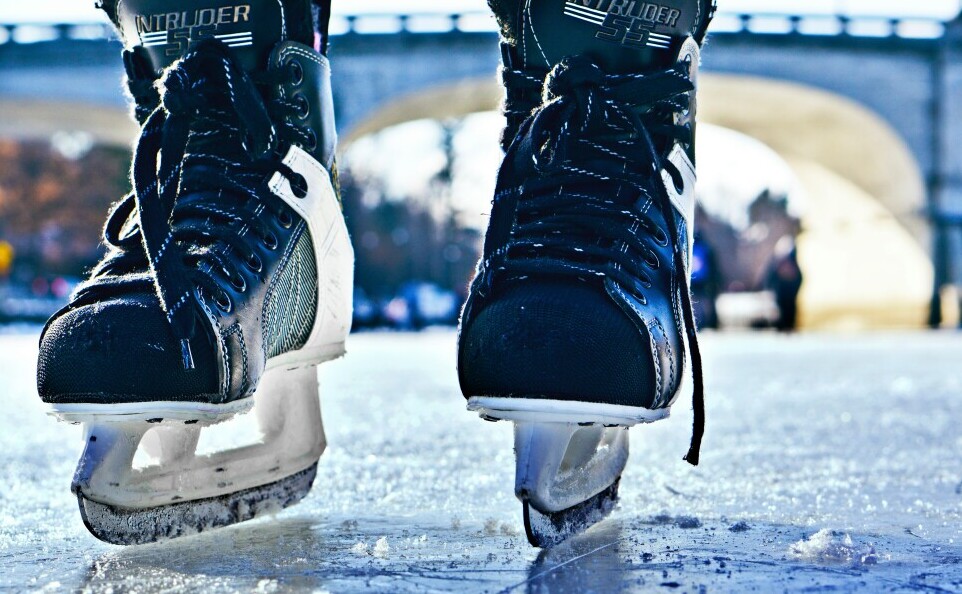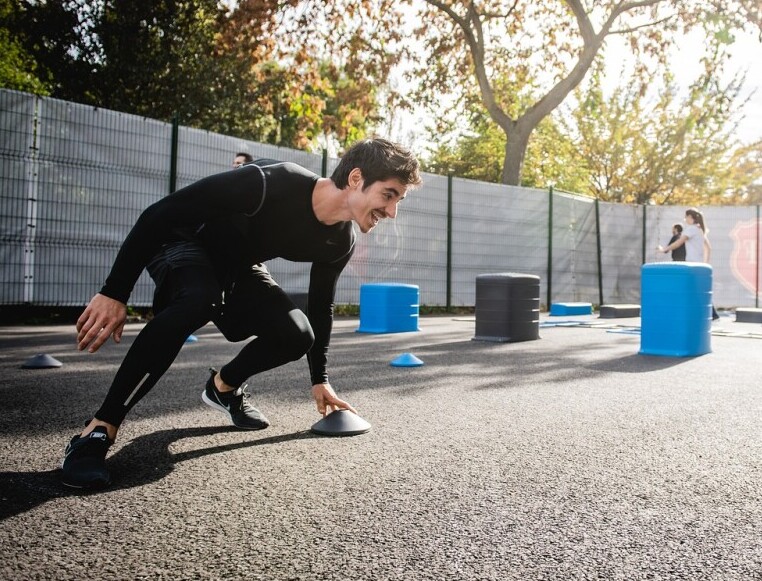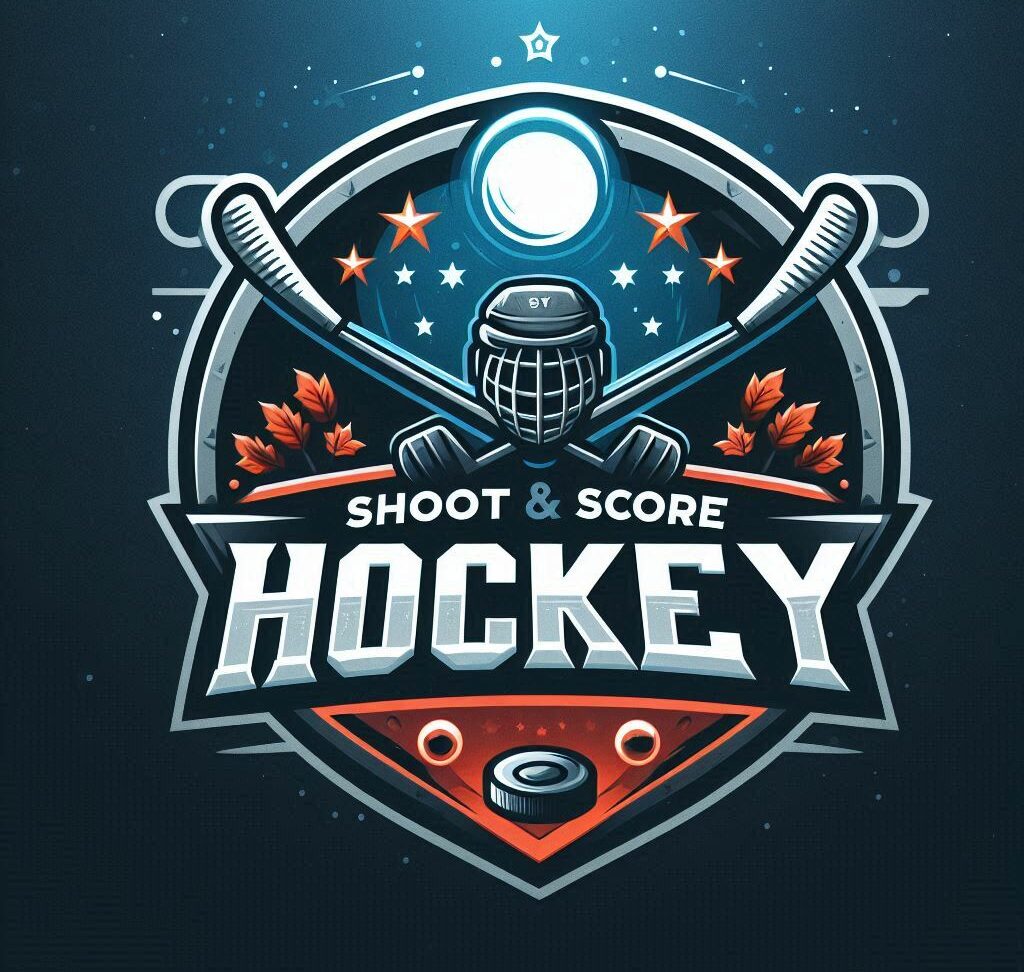Skating speed in hockey is all about mastering the basics first. A young player’s stride can make or break their speed, and it all begins with their grip on the ice. Getting kids to focus on using their entire blade gives them more push-off power, resulting in faster skating. Encouraging them to bend their knees deeper can also unlock better balance and energy transfer.
Building strength is a game-changer when it comes to accelerating skating speed. It’s simple: stronger muscles mean stronger strides. Teaching young players exercises like squats and lunges can significantly enhance their lower body strength, giving them the power to zoom across the ice like little lightning bolts. Also, don’t underestimate the power of core strength—it’s crucial for maintaining speed and stability through those tight corners and fast breaks.

Skating isn’t just about leg power; agility plays a big role too. Helping kids work on quick direction changes and mastering sharp turns can be as crucial as speeding down the rink. Set up obstacle courses with cones or use simple footwork drills to help them improve their agility alongside their speed. Balance these drills with power skating exercises, and your young skaters will see a noticeable difference.
Young hockey players often struggle with consistency in their stride, which can affect their speed. Common challenges include leaning too far forward or not using their full stride length. Spending time correcting these form issues with deliberate practice and focused coaching makes a big difference. Often, just having a watchful eye can help identify and tackle these common mistakes, helping your child get faster and more efficient on the ice in no time.
Effective Drills to Enhance Skating Speed in Young Players
Agility ladders might not be the first thing you associate with hockey, but they are super effective for enhancing young players’ foot speed and coordination. A couple of sessions focusing on quick foot movements can make a noticeable difference in their overall agility, which translates directly onto the ice.

Introducing resistance and overspeed training can work wonders in boosting skating speed. Simple tools like resistance bands help kids get used to pushing harder, while overspeed drills, where they skate faster than they usually would, challenge their limits.
Cross-ice sprints are perfect for building the kind of explosive acceleration hockey demands. Encourage kids to give it their all in short bursts, emphasizing a strong push-off from the blades. Combining these sprints with longer strides improves both their stamina and speed.
Regular video analysis is an underrated goldmine for improvement. Recording a young player’s skating sessions and reviewing them together can highlight areas that need work, celebrate improvements, and set new goals. Kids love seeing their progress, and visual feedback can be a big motivator. Incorporating video analysis into regular training can sharpen their skills and boost their speed in no time.
Parental Guidance and Support: Boosting Your Child’s Hockey Skating Skills
Consistent practice is key to faster skating, but it’s gotta be fun too! Keeping sessions exciting and engaging ensures that kids stay motivated and enjoy the process of getting better. Mix in games or friendly competitions with their peers to keep the energy high and the improvement swift.
The right gear can make a massive difference. Ensuring your child is equipped with well-fitted skates is vital for their performance and comfort. Ill-fitting skates mess with balance and kill speed, so a trip to a specialist to find the perfect pair is definitely worth it.
Goal setting is crucial for young athletes. Help them set realistic targets focused on improvement rather than just speed. Celebrate every tiny victory along the way, keeping their spirits high and their passion for the game burning bright.
Keeping a balanced schedule is important to avoid overwhelming young athletes. Encourage a training plan that includes plenty of rest alongside practice. Balancing hockey with other activities keeps them physically and mentally fresh, ensuring they are at their best when hitting the ice.
